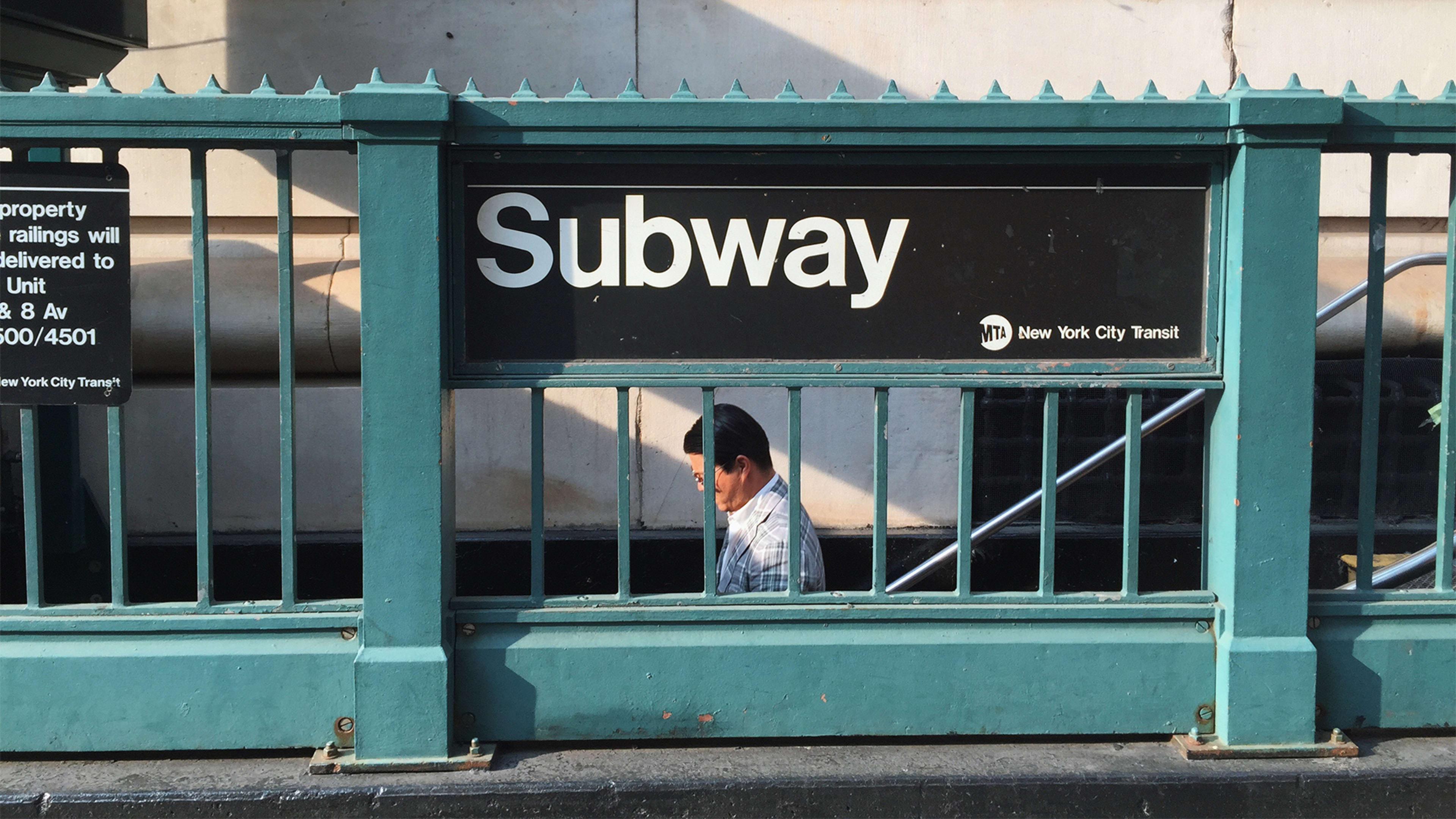“If you were to design the ultimate system, you would have mass transit be free and charge an enormous amount for cars.” So said Michael Bloomberg a decade ago, when he was mayor of New York City and proposing the idea of a congestion charge–a fee that drivers would pay to enter the heart of Manhattan in order to reduce gridlock and pollution.
The congestion charge didn’t happen after opposition from people living in Queens and Brooklyn–though only 5% of residents commuted by car. Instead, the cost of bus and subway tickets has risen. But a report at the time, commissioned by mass transit advocate Theodore Kheel, suggested that a fee on drivers would not only reduce traffic and save the city billions by regaining the productivity of people previously stuck in gridlock, but would be able to pay for free public transportation for everyone else.
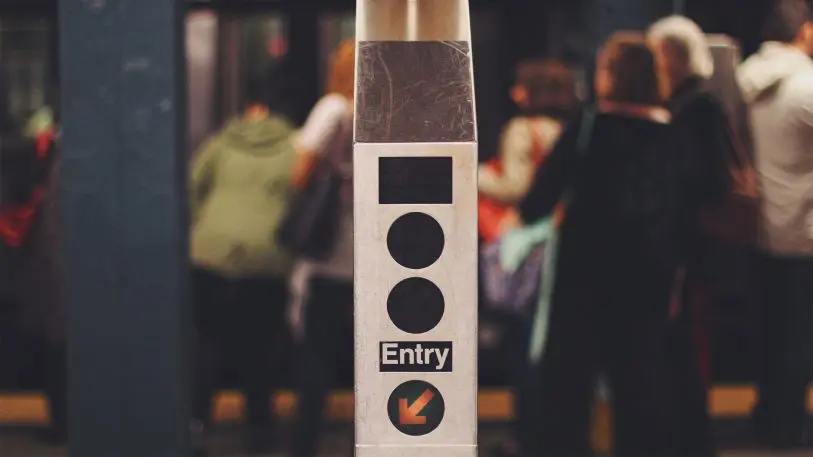
Charles Komanoff, the researcher and lead author behind Kheel’s original report that made a case for a “balanced system” of congestion pricing and free transit, has spent the subsequent years continuing to build an obsessively detailed spreadsheet that attempts to include every possible cost and benefit of a congestion charge. He no longer thinks free transit funded by congestion pricing necessarily makes sense, after learning more about the politics of transit funding in the city and further crunching the numbers.
In New York City, a large chunk of funding comes from taxes and fees that are often paid by people living in surrounding suburbs. Around 40% of funding for the city’s Metropolitan Transportation Authority comes from fares; another 35% comes from taxes, some of which is paid for by New York state residents who don’t live in the city or use the subway.
“Aside from people who commute [into the city] . . . and then hop on the subway, they don’t derive direct benefit from the subways,” he says. “So it would seem to be politically unsupportable to eliminate the subway fares but maintain this level of taxes that hits suburbia as well as the city, all for the purpose of transit that is largely used by residents of New York City.”
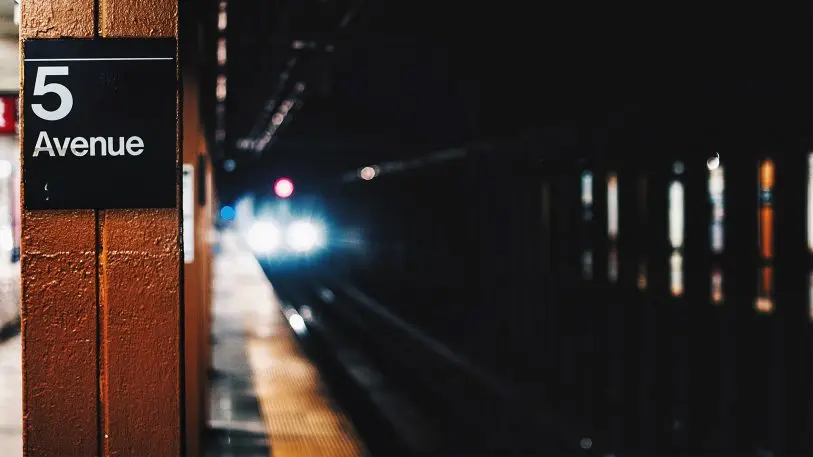
“I’m not convinced that charging a really high congestion charge, like $20 or $30, to drive into the heart of Manhattan, which is sort of the range that we’d need to be charging–plus the commensurate surcharge on yellow cabs and Ubers, and then being able to make the subways free–I’m skeptical that that’s the optimal arrangement for society,” Komanoff says.
His spreadsheet, which lets you plug in a particular policy, such as a high congestion charge, and then calculate everything from the economic benefits of reduced pollution (leading to reduced healthcare costs and a reduction in climate damage) to the value of time saved that was spent in traffic, also includes a calculation of the “traveler’s amenity” that drivers would lose when the congestion charge is so high they decide not to make a trip by car.
Those missed trips have lost value, which is calculated in a simple way. If the congestion charge is $10 and someone decides that’s too much to make the trip, the value of the trip was less than $10, but more than a penny if they would have made the trip without the fee. Komanoff averages the value, so, in this case, a $5 value would be lost. Over hundreds and thousands of trips, that lost value adds up, and becomes higher the steeper the fee.
“It’s one thing if the toll is $5 or $6 or $8, so the trips that get priced off the road weren’t a huge value, but if the toll is $20, or $30 . . . then there are more trips that get priced off the road,” he says. (Because the “value” of driving in a car comes from the driver’s perception, however, that lost value could begin to change as transit service improves and drivers realize that taking transit can actually be easier than struggling with traffic and parking.)
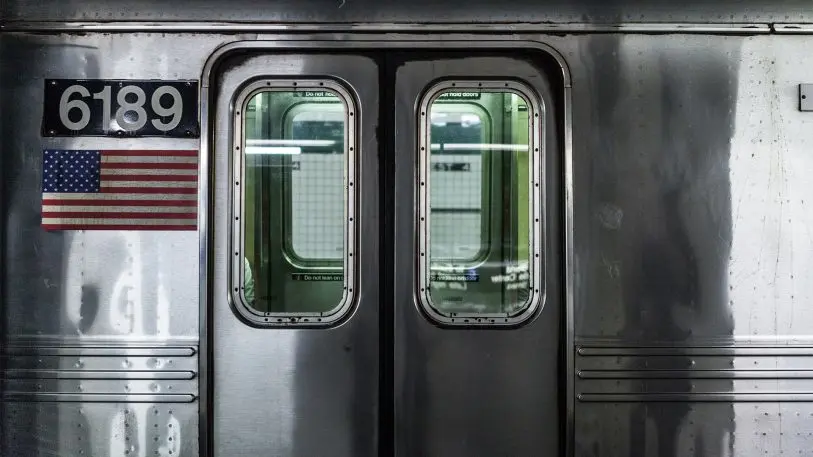
Fare-free public transit does exist in a handful of places, both in and outside of America. One is Tallinn, Estonia, which eliminated fares in 2013; a year later, usage of the system had increased 14%, and miles traveled had increased 24%. “The new policy especially improved mobility and accessibility among low-income and unemployed residents by allowing them to [take] more trips,” says Oded Cats, an assistant professor in public transport at TU Delft, who has studied the system.
Tallinn was different from many cities in the U.S. It already had a high level of public transit service, high usage, and low fees. Ticket sales only accounted for around a third of the system’s funding, less than New York’s 40%. An influx of new residents in the city also meant that there was the tax base to support the free tickets.
Though the policy is popular with Tallinn residents, it also didn’t necessarily have much of an impact on reducing car trips–many new riders previously walked or biked.
“If the main objective is to cause a modal shift from car to public transport, then there is ample evidence that people are more sensitive to changes in the level of service of public transport and change in the price of using their car than to changes in the cost of traveling by public transport,” says Cats.
In Chapel Hill, North Carolina, which began offering free fares on its public bus system (funded in part by the university) in 2001, the portion of funding for the bus system that came from ticket prices had been even lower, at around 20%. The city also improved its services at the same time, and it says that any growth in ridership should also partially be attributed to that.
“It’s not just the fare-free component, but also the investment in service that makes it work,” says Brian Litchfield, director of Chapel Hill Transit. Still, he says, free fares have benefited both residents and the city. Drivers no longer have to wait for someone to pay, which speeds up routes. “There’s no conversation with somebody about whether they have enough fare or adequate fare to get from point A to point B. Operators pull up to a bus stop, open the door, and whether you have two cents in your pocket or quite a bit more than that, you can hop on the bus and ride.”
In Stockholm, a group called Planka.nu (roughly meaning, “dodge the fare now”) charges members monthly dues that then cover the cost of a fine if any of them get caught riding without a ticket. The group advocates for free mass transit both as a way allow everyone in a city–including the poorest–to freely move, and to encourage fewer people to drive.
“Major public investments must move from [driving] to public transport and other effective means of travel,” says Christian Tengblad, part of Planka.nu. “Fare-free public transportation makes that case clear–you are doing the planet a favor when you skip the car ride, and should be rewarded.”
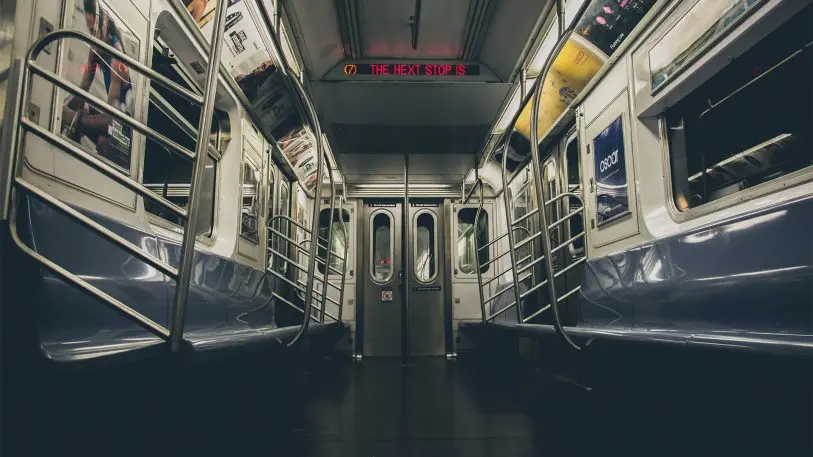
As ride-hailing vehicles become more common, and if their cost dramatically declines when self-driving technology is ready, public transportation will likely need to improve, and become cheaper, to compete. One report suggests that taking an electric, self-driving Uber or Lyft will soon be cheaper than owning a car, and self-driving shuttles–perhaps run by companies like Starbucks, or funded by ads–could even be free. Ride-hailing vehicles are already taking share from the subway in New York. Many cities, like Los Angeles, are beginning to work with ride-hailing providers to help cover gaps in their systems, and it’s easy to imagine those services expanding.
Even if cars are shared, electric, and self-driving, subways and buses still have advantages, including keeping roads less congested. Cities will need to find ways to make those traditional services competitive, and that might eventually mean lower–or even free–fares. “If mass transit is still required due to congestion and volume, then pricing will likely need to encourage users to use it,” says James Arbib, a London-based venture investor and one of the coauthors of the report on self-driving cars.
“If we’re at a point right now where [ride-hailing cars] aren’t directly at all competitive from a cost perspective–it’s still far more expensive to take an Uber or a Lyft than hop on the train–and yet people are choosing to do that proactively,” says Sifuentes, “that kind of tells you that public transit doesn’t have the funding that it needs to operate efficiently and effectively for folks.”
Recognize your brand’s excellence by applying to this year’s Brands That Matter Awards before the early-rate deadline, May 3.
